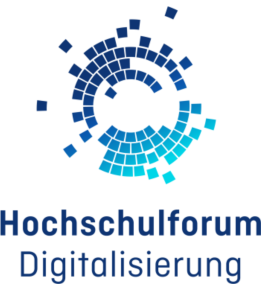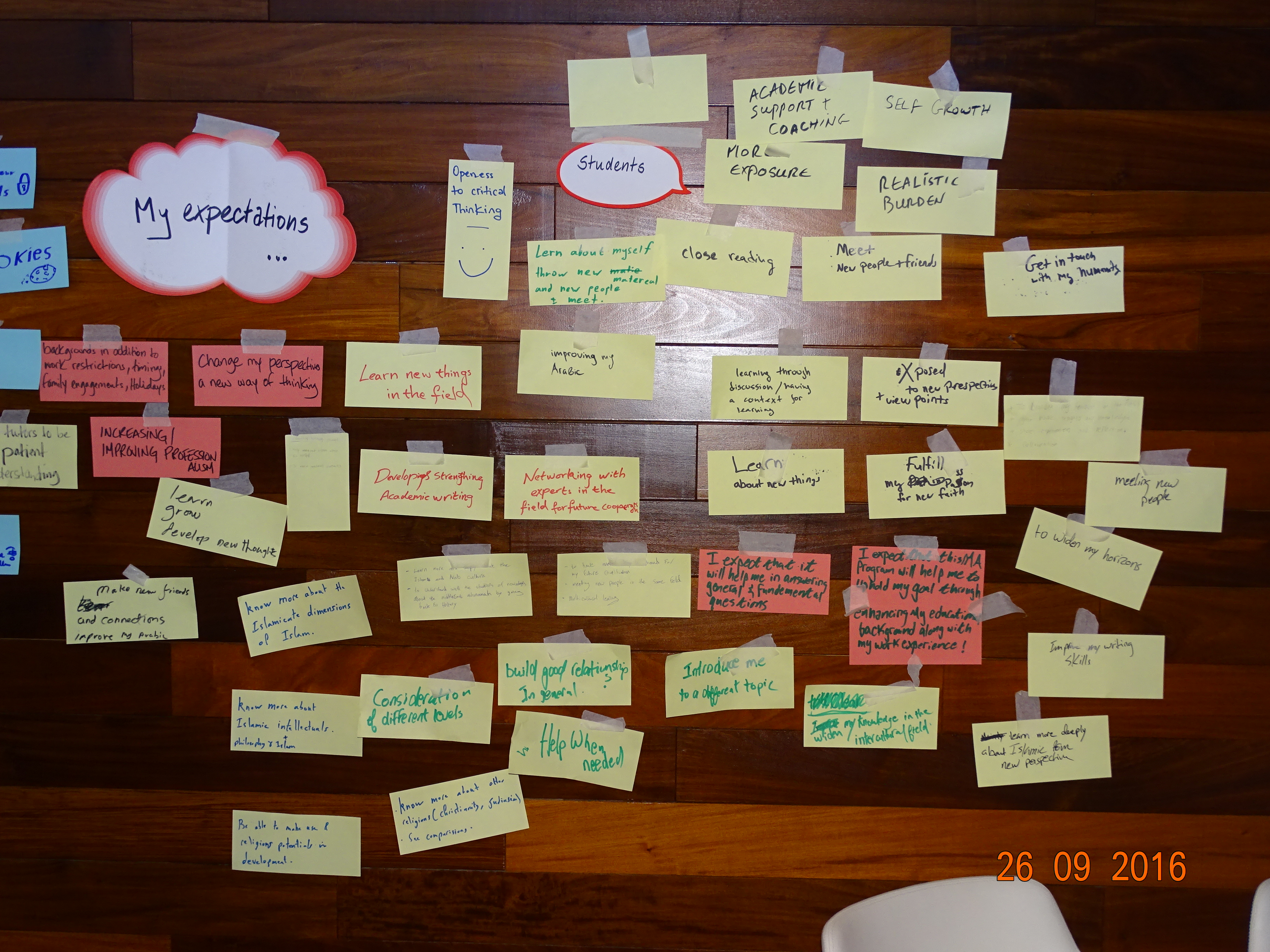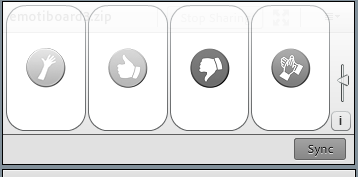How does online teaching work in fragile contexts? A guest article by Dr. Katja Jung
How does online teaching work in fragile contexts? A guest article by Dr. Katja Jung
23.09.19
Blended learning models are able to facilitate access to international educational opportunities for students in fragile contexts. A new handbook provides guidelines and ideas for donors, university leaders and practitioners on how to do this.
![The course takes up the special atmosphere of the intellectual encounter of the past and transfers it to the present by primarily addressing Israeli and Palestinian students. Photo: [https://unsplash.com/photos/6ywyo2qtaZ8 Eugenio Mazzone] The course takes up the special atmosphere of the intellectual encounter of the past and transfers it to the present by primarily addressing Israeli and Palestinian students.](/sites/default/files/images/blog/eugenio-mazzone-6ywyo2qtaZ8-unsplash.jpg)
This article was automatically translated using DeepL Translator. Please excuse any errors.
One of the most bitter consequences of violent political conflicts and wars is that considerable sections of the generation of students concerned are permanently excluded from scientific education. The loss of academic and personnel infrastructure due to destruction, the decision to flee, or even continuous life in a state of political and economic emergency – all these circumstances seriously prevent young people from taking up studies or choosing a subject area that corresponds to their talents and desires. The working hypothesis of the blended-learning MA Intellectual Encounters of the Islamicate World (MAIE) program established at Freie Universität Berlin in October 2013 was that online teaching can offer a convincing answer to this question. Shortly before the end of the seven-year pilot phase, a handbook will be published that is intended to inspire and guide donors, governing bodies, and practitioners with similar ambitions. It describes the particular conditions under which the degree programme originated, places academic and organisational decisions in their respective contexts, and traces revisions and their backgrounds. The publication can be read in different ways: chronologically, thematically or goal-oriented. In this way, the publication reflects the complexity of a project that is not only active in a multi-stakeholder environment, but also in the fragile context of the Middle East conflict.
Content and target group of the MAIE
The subject of the course is to convey the philosophy and history of ideas of the medieval world of Islam. Particular attention is paid to the intensive exchange of knowledge that developed over centuries between the scribes of the three monotheistic religions Judaism, Christianity and Islam. The programme takes up this special atmosphere of intellectual encounter of the past and transfers it to the present by primarily addressing Israeli and Palestinian students. In addition there are participants from countries such as Afghanistan, Iran, Indonesia, Egypt, Syria, Turkey, Germany and the United States. The changing guest lecturers work as experts at universities, research institutions, museums and libraries all over the world. In addition to the goal of giving students from fragile contexts access to international educational opportunities, the focus is on the aspect of encounter in an academic context. Moving learning and teaching to the Internet is the only way to connect those who would otherwise be unable to study together for political, religious, cultural or geographical reasons.
The following text focuses on three practical aspects that have proven to be valuable landmarks in online intercultural teaching during the course of the programme. These include building trust through face-to-face meetings, creating virtual visibility, and using microfeedbacks in the online seminar room.
Developing trust through personal encounters
As a blended learning study programme, the MAIE combines face-to-face courses with online teaching. Similar to bridge pillars, the personal meetings support the course of the academic year because they form the connecting element between the long online phases. This applies in particular to the introductory week, in which all students, guest lecturers and the organisation team take part. It takes place before the first online phase and forms the content, technical and social foundation of the academic year.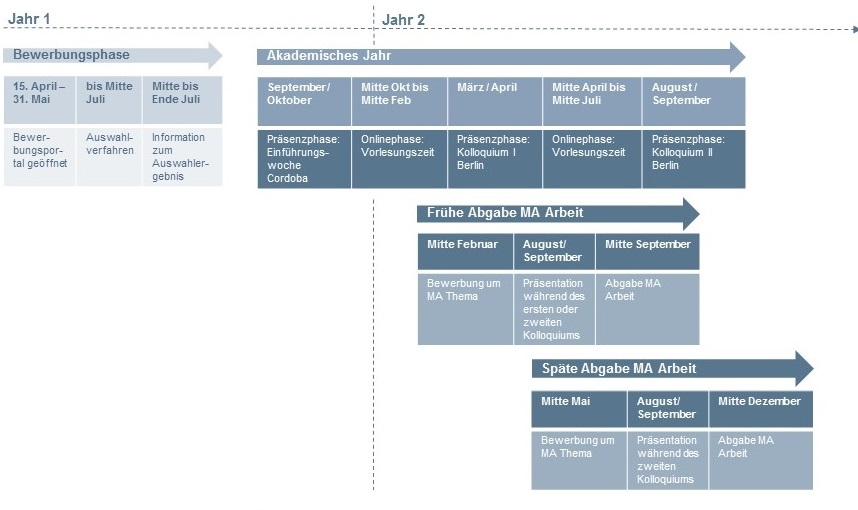
Here the seminar introductions, the systematic introduction to the LMS (in this case Blackboard) and the webinar software Adobe Connect as well as the explanation of the academic calendar take place. At the heart of the introductory week is always intercultural coaching. Since the participants are characterised by highly heterogeneous educational backgrounds, cultural influences and communication methods, this aims to include the expectations and perspectives of the individual participants in an ongoing process of visualisation and negotiation. Separation does not disappear, but allows new common experiences to be given space and an enormous motivation boost for the first online phase. Two two-week colloquia in Berlin, each following the winter and summer semesters, provide lasting support for this effect.
The creation of virtual visibility
Unlike MOOCs or the inverted classroom format, MAIE teaching primarily takes place in weekly online sessions in real time. Since lecturers and students are in a virtual room at the same time, the seminar structure is more similar to the classical format of classroom teaching. The difference is that the participants are spread all over the globe and are located in different time zones. Therefore, it is necessary to display the binding starting times at a central point of the LMS. The fact that this is more than just a service was shown right at the beginning of the course. For the Israeli and Palestinian participants alike, the initial information was “Jerusalem, Israel”. This immediately challenged a complaint according to which the Palestinian side would remain invisible. In addition, the change to summer or winter time sometimes takes place on different days. Since then, the organisation team has made it a rule to check all whereabouts of students and lecturers in advance and to list them in a common list.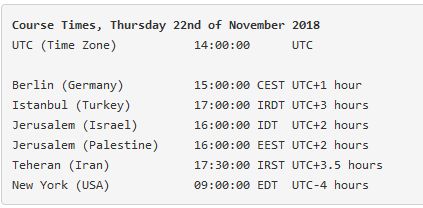
Teaching and learning in the mode of immediate hearing and seeing is just as important for the aspect of encounter. The organisers therefore decided to keep the number of participants consistently low (a maximum of 20 students), but to give priority to the aspect of jointly developing topics in plenary sessions or small working groups. Especially the regularly used instrument of the so-called “break-out sessions” with up to 4 participants holds the potential of an emotional inclusion of all into the topic area. In addition, these sessions offer space for discussion of the perspective of the “other” – be it discipline or origin. In concrete terms, this is shown by the fact that the students, who tend to be more reserved in the plenary sessions, are more involved. In addition, the smaller working groups also offer space for dissent and confrontation, which certainly emerge in such a heterogeneous group. It is possible not to make these invisible or to play them over, since they take place under the conditions of scientific debate.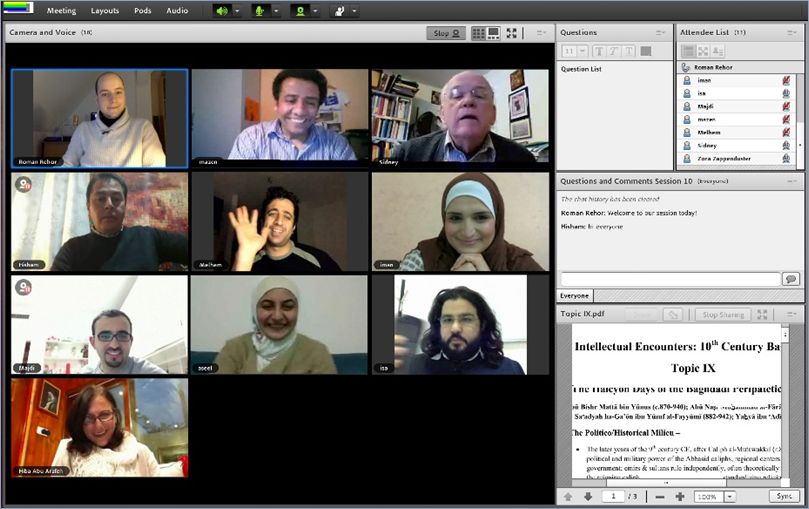
The benefits of microfeedback
However, teaching in a synchronous online seminar room with participants from all over the world and quite volatile Internet connections (regardless of the development status of the respective region) produces one thing above all: delays in transmission. This 3 to 5 second pause creates uncertainty in communication for the untrained. Excessive politeness then leads either to simultaneous intervention or simultaneous silence. One of the solutions developed by the project team is a microfeedback tool. The so-called Emotiboard enables fast automated reactions to situations that frequently occur in seminar rooms. The action area combines a visual with an acoustic signal to give a hand signal or to express agreement, rejection or recognition. The user-friendly interaction surface allows communication in both directions and activates lecturers and students alike.
Trust, visibility and commitment – all three aspects play a central role in intercultural online teaching for the success of distant learning formats in fragile contexts. If digital teaching is not an end in itself, but must be questioned about its usefulness, then its justification also lies in providing access not only to international educational opportunities, but also to the symbolic capital of the academic community.
Handbook as an ongoing knowledge resource
In December 2019, the MAIE pilot project, financed by the German Academic Exchange Service from funds of the Federal Ministry for Economic Cooperation and Development (BMZ), will end for the time being. The handbook that has now been published summarises the various phases of the project and shows the solutions that have been developed in the course of the project. These range from the development of the curriculum to decisions on the online design of seminars and the LMS to dealing with various stakeholders or local recognition conditions for the degree.
The handbook can be downloaded from this link.
